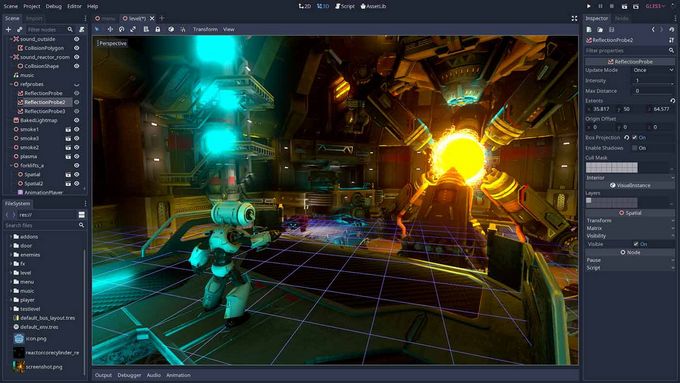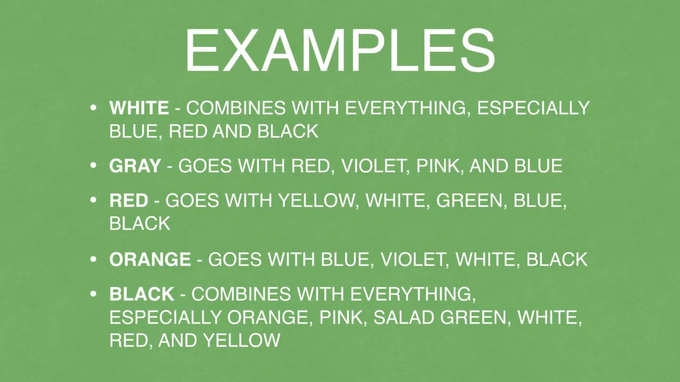
In the world of gaming, there are hundreds of invisible systems that shape player behavior in various ways. From game mechanics to reward systems, these invisible forces play a crucial role in determining how players interact with games and with each other. Understanding these systems can give game developers insight into how to design better games and create more engaging player experiences.
One of the most common invisible systems in games is the use of Skinner box mechanics. Named after psychologist B.F. Skinner, these mechanics use a system of rewards and punishments to manipulate player behavior. In many games, players are rewarded for completing certain tasks or achieving specific goals, while they are punished for failing to do so. This creates a feedback loop that encourages players to continue playing in order to earn more rewards and avoid punishments.

Another invisible system that shapes player behavior is the use of random reinforcement. In games like loot-based RPGs or casino-style games, players are rewarded at random intervals for their actions. This creates a sense of anticipation and excitement, as players never know when they will receive a reward. This system can be highly addictive, as players are constantly chasing the next big win.
Social pressure is another powerful invisible system that influences player behavior. In multiplayer games, players are often motivated to perform well in order to gain the respect of their peers or to avoid being ostracized by their teammates. This can lead to toxic behavior, as players may resort to cheating or other unethical practices in order to gain an advantage over their opponents. Game developers must be vigilant in addressing these issues in order to create a positive gaming environment for all players.

In addition to these invisible systems, game developers also use a variety of other tools to shape player behavior. For example, the use of achievements and trophies can encourage players to explore different aspects of a game or to complete specific tasks. These rewards serve as a form of external motivation, pushing players to go above and beyond in order to earn them.
Another common tool used by game developers is the use of tutorials and onboarding processes. These systems guide players through the vps hosting servers basics of the game, teaching them how to play and what to expect. By providing players with clear instructions and helping them understand the game mechanics, developers can ensure that players have a positive experience and are more likely to continue playing.
Overall, the invisible systems that shape player behavior in games are complex and varied. By understanding these systems and how they influence player behavior, game developers can create more engaging and rewarding gaming experiences for players. Whether it’s through Skinner box mechanics, random reinforcement, or social pressure, these invisible forces play a crucial role in how games are experienced and enjoyed.
